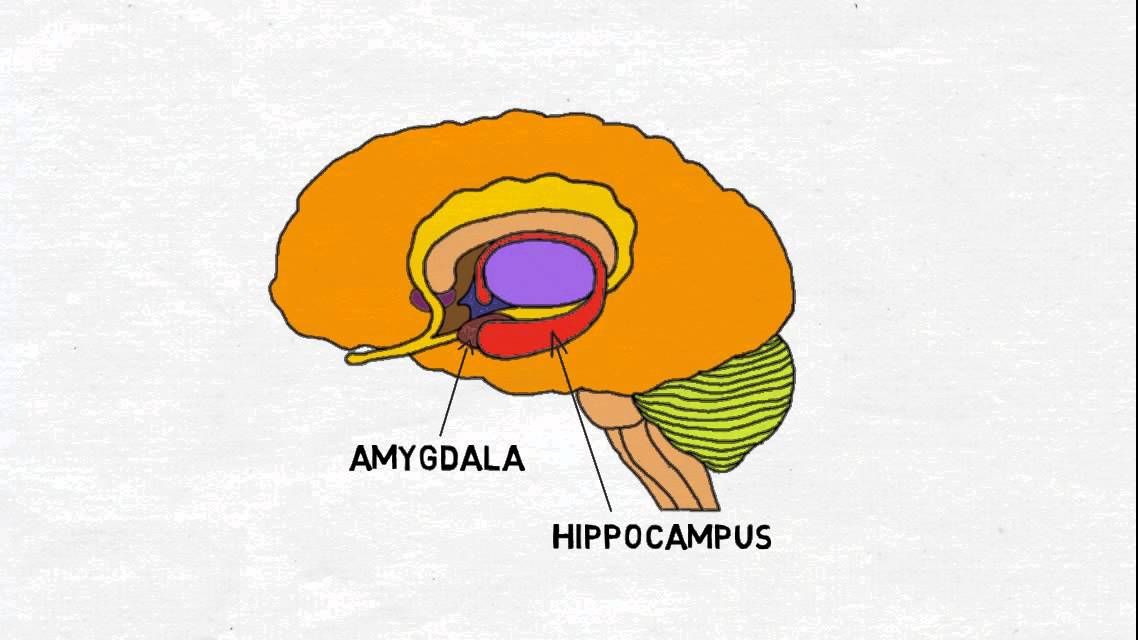Are You Feeling Safe At Work?
Published on Feb 8, 2022
Hey, remember about the time you took up the job offer only to leave after the probation? The job was fine, everything was OK yet there was just this nagging sense that you didn’t actually fit in, like you didn’t belong.
That, my friend, is a sign of lacking psychological safety at the workplace.
The key role of psychological safety at the workplace
Innovation, excellence, and development within an organization are all built on a foundation of safety. This psychological safety allows people to be their true selves at work, to share their ideas, thoughts, and opinions regardless of how difficult it might be. If people don’t feel safe in a workplace, they will leave, or worse, they will become the bad apples - those disengaged, resentful and unproductive employees that bring nothing but negativity.

Daniel Coyle discusses in his book, The Culture Code, that psychological safety is one of the three foundations of healthy corporate cultures (together with purpose and vulnerability). Then, how can you spot a company with a healthy culture, one that allows you to feel safe at work?
What are belonging cues?
Safety is like oxygen, in a sense that you don't think about it unless it’s missing. Hardly anyone sets out to make it on purpose. Yet it's difficult to build trust or collaborate when you're afraid of being judged, punished, or fired for saying or doing the wrong thing.
So, what provides a sense of security? Not words, policies, or reassurance. It's "belonging cues," according to MIT's Alex Pentland. They are the little gestures and behaviors that people often overlook, yet they are the ones that signal how others care about and respect each other.

Belonging cues are behaviors that create a safe connection in groups. They include, among others, proximity, eye contact, energy, mimicry, turn-taking, attention, body language, vocal pitch, consistency of emphasis, and whether everyone talks to everyone else in the group. (Daniel Coyle, The Culture Code)
So the next time you walk into a new workplace, turn on your safety radar and notice these signs from your colleagues as they would tell quite a lot about your journey ahead with them:
- eye contact
- forms of physical contacts, such as handshakes, hugs, and high-fives
- humor and laughter
- active listening
- “attentive courtesies” like opening doors or saying “thank you”
How do belonging cues work?

When you receive a belonging cue, the amygdala switches roles and starts to use its immense unconscious neural horsepower to build and sustain your social bonds. It tracks members of your group, tunes in to their interactions, and sets the stage for meaningful engagement. In a heartbeat, it transforms from a growling guard dog into an energetic guide dog with a single-minded goal: to make sure you stay tightly connected with your people. (...) “The moment you’re part of a group, the amygdala tunes in to who’s in that group and starts intensely tracking them. Because these people are valuable to you. They were strangers before, but they’re on your team now, and that changes the whole dynamic. It’s such a powerful switch- it’s a big top-down change, a total reconfiguration of the entire motivational and decision-making system,” says Jay Van Bavel, a social neuroscientist at New York University.
How to integrate psychological safety in your organization
Now that we have learned how psychological safety can stimulate innovation and development at the workplace, how can leaders leave these belonging breadcrumbs for their employees to pick up that they belong in the organization?

Take time to listen and give everyone the chance to speak up
Listening is a key aspect of any equity, diversity, or inclusion effort. Yet not everyone is a born speaker, and most people need ongoing support and encouragement to speak up and share their thoughts. So make sure that every employee has the chance to raise their opinion whether in a quick brainstorming or an hour-long meeting and take time to truly listen to them.
Once they feel safe enough to speak up, new ideas are born, and that is how innovation is cultivated.
Set high standards
Make an unyielding commitment to excellence and hold your team accountable for it. This way, you are empowering them to take initiative. You will be surprised at how your people will take the podium and hold others accountable, after all, nobody wants to keep doing B-level jobs.
Demonstrate confidence
Encouragement and a positive attitude go a long way. With only a few words, you can drive your team to new heights. When someone appears uncertain about a task, instead of immediately expressing concern or offering help, consider saying something like "I know you can do this!”

In OKR, Objectives Key Results - a goal-setting framework that FABA Technology applies, there is this objective called “stretch goal”. A stretch goal is the high-effort, high-risk goal in the calculated pursuit of 10x opportunities. It should be an ambitious goal and make people uncomfortable. Its whole idea is to push our employees to keep trying and striving their best to achieve it even though it may seem impossible. 70% is the new 100%.
Once objectives are set, the team members are the ones in charge of the initiatives while team leaders frequently check in on the progress and provide support if necessary. This way, everyone has the chance not only to optimize their performance but also to broaden their leadership abilities.
Identify a bad apple and resolve it
Did you know that it only takes one slacker to bring down 30% - 40% of the productivity of the whole team? Once you identify a negative contributor, don't be so quick to fire them. Try to think from their perspective, find out their issues and needs, and support them. You can also give them a chance or two to correct their behavior, but if you can’t do anything about that bad apple, get rid of them.
The best organizational culture is not built by a person but by the people, for the people. It allows all kinds of people to feel safe, vulnerable, motivated, and supported to grow and contribute. All it takes is a few minute gestures and signals to establish such a healthy environment that benefits both the company and the employees.
Are you feeling safe at your workplace?









